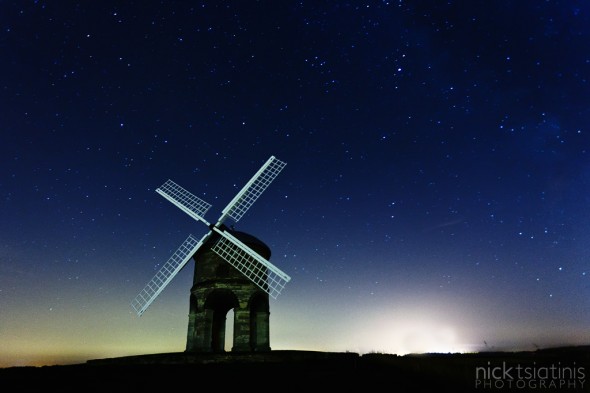19
Welcome back to the second part of my ‘How to use filters in landscape photography’ mini-tutorial.
In the first part we took a look at the graduated neutral density filter and how that was essential in being able to correctly expose an entire scene, bringing all the various light and dark areas back into the dynamic range of our camera’s sensor. If you’ve not read up on it then click the little link above (it’ll open in a new tab) and then come back here afterwards!
In this second part, we’ll take a look at the solid neutral density filter and how it can help you achieve a dramatic edge to your landscape photography… so read on!
Read More»14
Part two of the filters tutorial, covering solid ND filters and the 10 stopper is now available here
One of the most common questions I see on forums from both beginners and serious amateurs relates to landscape photography. Most of the time, they have seen a fantastic scene or an amazing sunset and they try and capture this on their camera and end up disappointed when they find that either they have recorded the sky perfectly and have a black foreground or have a fantastic foreground and a completely white sky.
Ring any bells? Read on…
Read More»10
All of the photographs in this article have the same composition. They’ve all had the same, minimal post processing treatment and none of them have had any computer trickery applied to them – yet they all look completely different. As photographers, these days we have a whole host of information available to us that allows us to find excellent locations (such as flickr), find out which direction the sun will be rising and setting and tell us exactly what time this will be happening (my favourite is the Photographer’s Ephemeris). There’s one thing we can’t dictate though, and that’s the weather conditions you’ll experience when you turn up at your chosen location.
Read More»28
For today’s blog post I want to both share my photography from my star trails trip to Chesterton Windmill, and give a bit of a tutorial into how to get some of these shots for yourself. I personally believe there’s not much that’s more rewarding than capturing scenes that you wouldn’t always see with the naked eye – something a little bit different, and something that’s a little more technically challenging. There’s just something about astrophotography that appeals to me – maybe it’s the solitude whilst taking these photographs or maybe it’s getting that little glimpse into the universe that just reminds you there are all those other worlds out there, waiting to be explored…
Read More»









